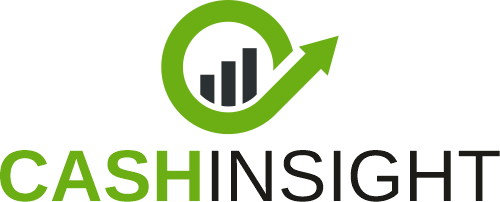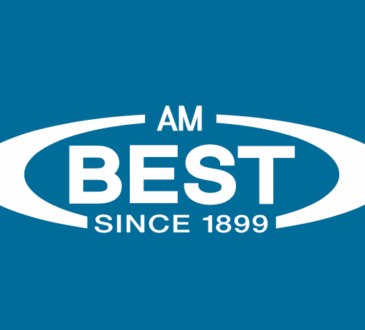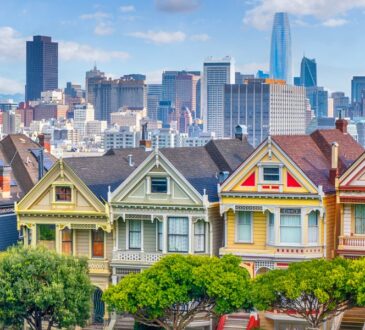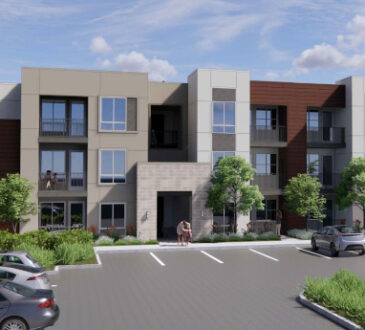
Housing experts say it doesn’t have to be that way. The road to homeownership runs uphill for many prospective buyers, but for those of color, the grade is steeper. The good news is: with hard work, discipline, patience, and the right coaching, many renters who don’t think they can achieve their goal of becoming homeowners actually can, giving them access to the many financial benefits of owning property.
Bob Credle is the director of community programs for Urban Edge, a nonprofit community development organization with a mission to strengthen neighborhoods and families. One of the ways the Roxbury-based organization does that is through a comprehensive educational program that meets prospective home buyers where they’re at and coaches them through the process, which could take years. The biggest hurdle for his students, Credle said, is information.
Credle and his colleagues look at the prospective buyers’ overall financial picture and coach them on how to save money, improve their credit scores, and get low-rate mortgages and down payment assistance. Many of their successful clients were people who thought they could never own a home because they just didn’t know where to turn for help.
“We’re able to help a lot of people get into down payment-assistance programs, [like] the ONE mortgage program, because we know about them,” he said. “I don’t know how pervasive that information is in the Black community that isn’t associated with organizations like us” and the Massachusetts Affordable Homeownership Alliance.
OneUnited, one of the largest Black-owned banks in the country, recently launched a down payment-assistance program that grants up to $50,000 for qualified, first-time home buyers of color.
Gercide Luc, Urban Edge’s associate director of community programs, said the next biggest obstacle is affordability, especially in Boston. Not only are costs and interest rates high, but properties that are in her clients’ price range are often in need of major repairs.
“As counselors, we’re taking money from a lot of different sources to patch together a down payment with whatever they’ve saved,” Luc said. “Maybe it’s the minimum to actually get into the market. They find a property, and now there’s even more cost that’s involved for repairs to get the property. It makes it very, very difficult.”
David Gasser, programs director at the Citizens’ Housing and Planning Association, said that a lot of what has been done to address the racial gap in homeownership has been successful, but to make real progress, Massachusetts communities need to build a lot more housing.
“We have generational wealth being created by those who had access to homeownership,” Gasser said. “And all the economic benefit that comes from that system perpetuates itself, and unless you’re going to create the supply necessary to create affordable new entry points, it’s going to be very difficult to narrow the racial homeownership gap.”
The SHIBA report found homes in majorityBlack neighborhoods are more likely to be appraised for less money than similar homes in majoritywhite neighborhoods. This can have a cascading effect, as homes that are appraised for less than they are worth might sell for less than they are worth, bringing down the value of neighboring properties.
“The appraisal bias issue is a very stark example of a complicated problem, because those appraisals are so individual and the way appraisers are trained and regulated is somewhat difficult to address, but we do participate in some of those efforts,” Gasser said.
Melvin A. Vieira Jr. of RE/Max Destiny is a Black real estate agent who has had many clients of color throughout his career. He said he has successfully challenged low appraisals in Black neighborhoods by sending the appraiser recent comparable sales and asking them to reconsider.
He said many of his clients of color come from families that never owned a home, so growing up, they never heard anything about the home-buying process and had no one to ask about it. He said people like himself and organizations like Urban Edge and MAHA can’t reach enough people by themselves to narrow the racial homeownership gap. He said an updated version of the old home economics course should be part of every public high school curriculum.
“It’s not about cooking and cleaning; it should be talking about checkbooks, talking about savings,” he said. “They should explain how interest works and how to invest in the stock market. How to make yourself financially fit so you can achieve your financial goals after you leave high school. Because the majority of people who come out of high school don’t even have a checking account.
“If you give a person knowledge, it can’t be taken away,” he said. “When you teach a person how to fish, they’ll always know how to fish.”
Jim Morrison can be reached at JamesAndrewMorrison@gmail.com. Follow him on X @jimmorrison617.




